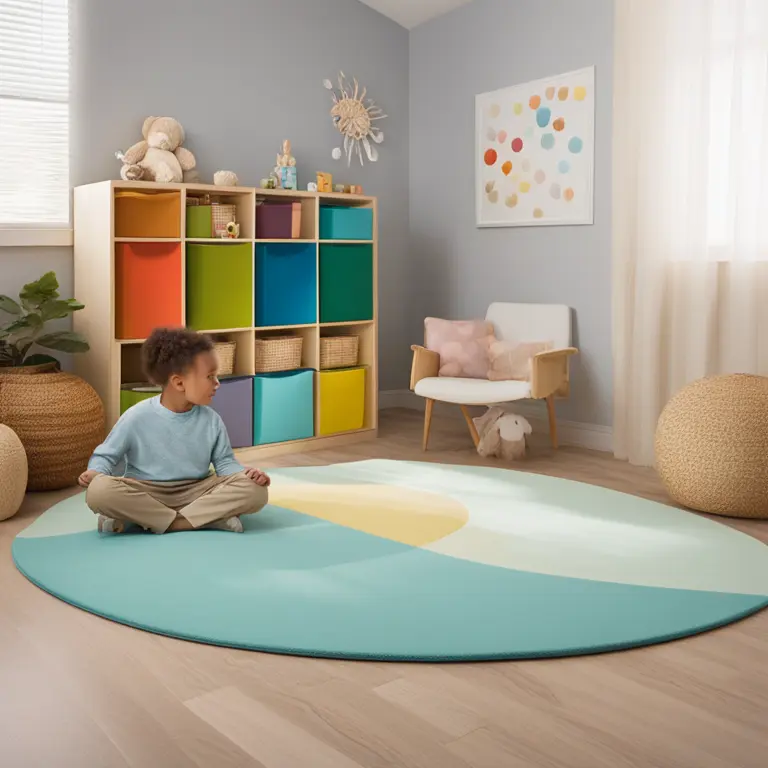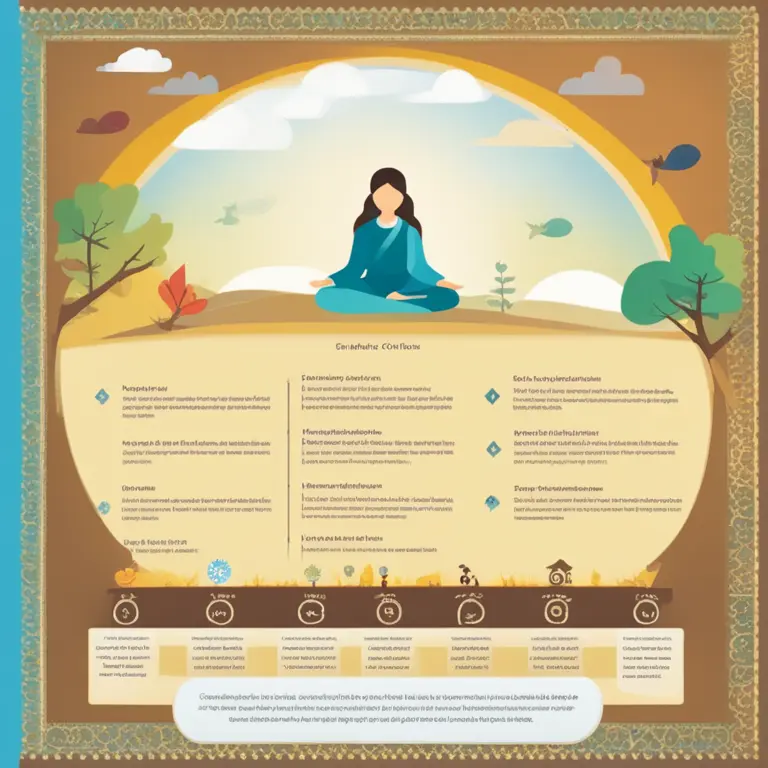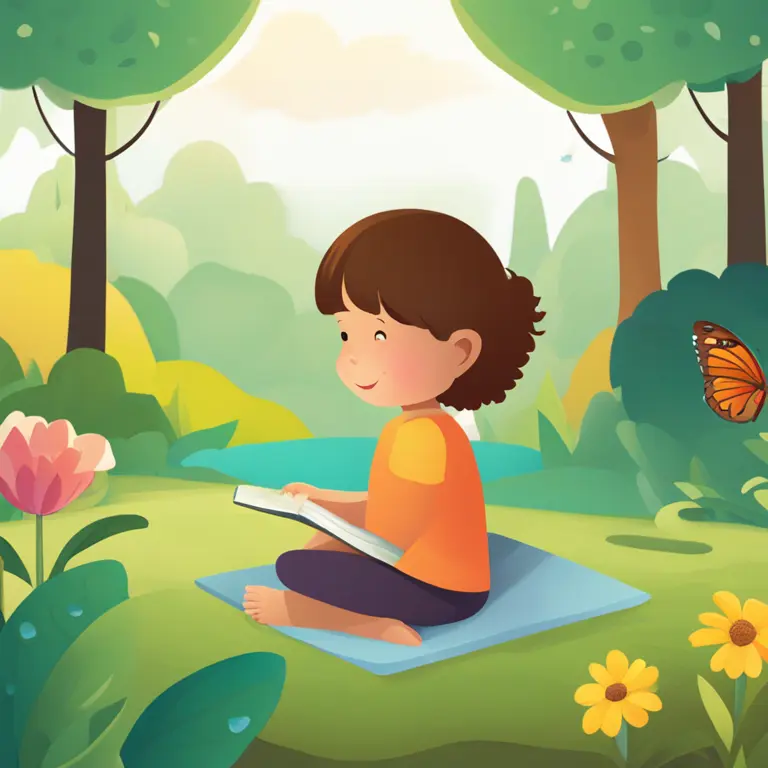
Mindful Moments: Meditation Practices for 3rd Graders
Discover simple mindfulness meditation techniques tailored to help 3rd graders enhance focus, calmness, and emotional well-being in the classroom and beyond.
article by Hina Kurosawa
Basics of Mindfulness for Children
In today's fast-paced world, even young children can benefit from the calming effects of mindfulness meditation. For third graders, mindfulness practices are not only feasible; they are also remarkably beneficial. Introducing mindfulness at this age can lead to improved focus, better emotional regulation, and a greater sense of peace. Creating a routine that includes mindfulness meditation can be a game changer for 8 and 9-year-olds, setting the foundation for healthy mental habits that can last a lifetime.

Creating a Child-Friendly Meditation Space
Before diving into mindfulness exercises, it's essential to establish a conducive environment. Choose a quiet corner of the classroom or home that is free from distractions. Comfort is key, so provide cushions or mats for seating. It's important to communicate to the children that this space is special—a sanctuary where they can pause and connect with their inner selves. The meditation area should be inviting, perhaps decorated with soothing colors or elements of nature to promote tranquility.

Introducing Mindfulness with Simple Techniques
Start with simple techniques that resonate well with third graders. Guided imagery, where they imagine a peaceful place, works wonderfully to draw their focus inward. Breathing exercises are also fundamental. Teach them to notice their breath, the rise and fall of their chest, and the feeling of air entering and exiting their nostrils. These practices should be introduced slowly and without pressure—making sure the children understand it's not about perfection, but about the experience itself.

Mindful Listening and Observation
Mindful listening is an engaging way for children to sharpen their focus. Play soft, natural sounds and ask them to pay attention to what they hear. Afterward, let them share their experiences. Similarly, mindful observation exercises where students intently observe an object, like a flower or a rock, can enhance their concentration and appreciation for subtleties often overlooked in their everyday environment. Engage their curiosity by asking them how the object feels, smells, and looks in fine detail.

Regular Practice and Consistency
Consistency is vital when incorporating mindfulness into a third grader's routine. Brief sessions of 5-10 minutes daily can be more effective than longer, less frequent sessions. Over time, these short bursts of mindfulness will naturally integrate into their daily lives, making it a habit that promotes resilience against stress. It is important to encourage practice without it feeling like a chore. Keep sessions dynamic and fun to maintain their interest and commitment to the practice.
Measuring Progress and Celebrating Growth
Identifying and celebrating growth is an integral part of teaching mindfulness to children. Encourage them to share how mindfulness makes them feel and any differences they notice in their reactions or emotions over time. Recognizing their progress, even if it's as simple as staying focused for a longer period or managing frustration better, provides motivation and validation for their efforts. Positive reinforcement will strengthen their mindfulness skills and their desire to continue practicing.
Incorporating Mindfulness into Daily Activities
Last but not least, encourage the application of mindfulness principles in regular activities. Mindful eating, for example, where children pay full attention to the taste, texture, and experience of their food, can be a delightful exercise. Mindful walking—paying close attention to the sensation of each step—is another activity that subtly incorporates mindfulness into daily life. The goal is to present mindfulness not as a separate task but as an enriching overlay to their existing routine.
Published: 1/18/2024
Modified: 1/18/2024
More predictions
Come back here soon to learn more about yourself and your future


Exploring Meditation in Psychological Practice
Delve into the psychological perspective on meditation, its benefits, and applications in modern mental health practices.


The Significance of Modern Meditation
Discover the crucial role meditation plays in fostering well-being, focus, and balance in today's fast-paced world.


The Origins of Meditation: Tracing Its Historical Roots
Discover the historical origins of meditation, its transformation through time, and its profound impact on various cultures around the world in this insightful article.